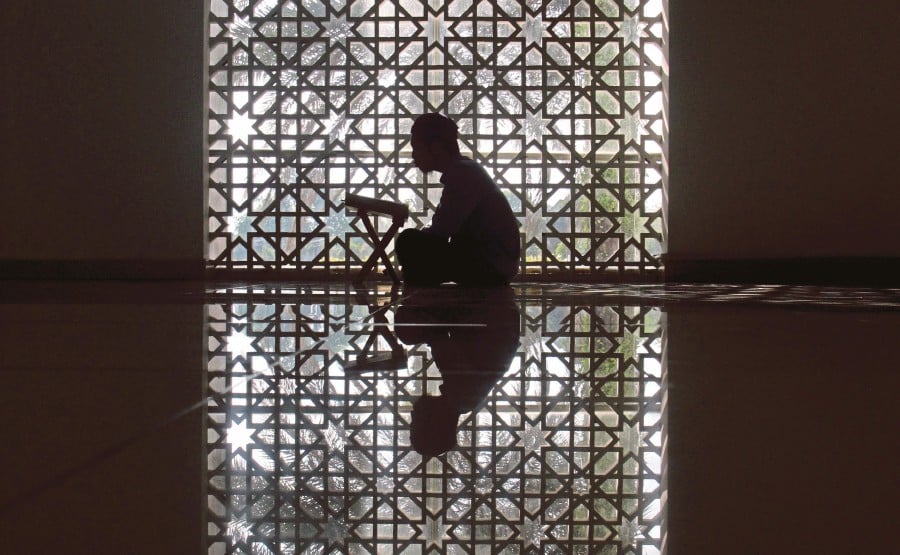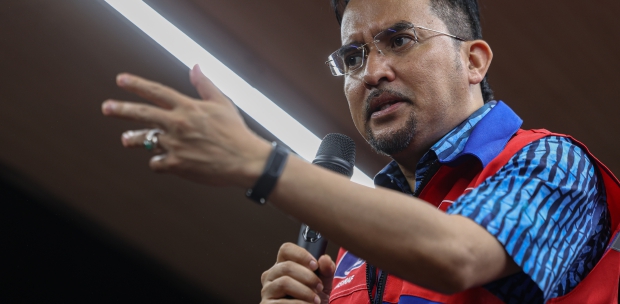The month of Ramadan offers a new way of experiencing our environment.
One is conceiving fasting as a gift, allowing us to appreciate anew sights and sounds. To Muslim artists, it evokes the creative power of aesthetics, and specific ethics of production.
These bear the mark of theological foundations (uṣūl al-dīn), the ethical rules (mu'āmalāt), and some of the greater symbols and similes (amthāl).
Like the Creator, the artist, artisan or crafts worker — in the traditional context — start with a "blank canvas", devoid of any representation in order to recreate an image formed in the imagination.
The work then is completed in three stages, namely, conception (taqdīr), creation or production (ījād), and shaping (taṣwīr), the last of which gives the object its form.
These stages have their prototypes at the Divine level, since God is called by a series of Names attributed to Him in the Quran, pertinently the Creator, the Maker, and the Fashioner, making the most perfect and beautiful form.
These are contained in the Epistles (Rasa'il) of the Ikhwan al-Safa' (Brethren of Purity), a group of Muslim philosophers who in the 10th century compiled an extremely detailed encyclopaedia of contemporary sciences, and their spiritual and metaphysical foundations.
While distinguishing between practical arts and theoretical arts, that is, the creation of an object and its pre existent form in the human intellect, the Ikhwan al-Safa' showed that the created object is a homogenous entity composed of both substance and form.
Jean-Louis Michon, in an essay titled "The Quran and Islamic Art" written in 2015, clarifies that the sacred basis of all art as practised by artists is to conform to God's Will and create only by the power delegated to them and through an association with Heaven that spans the various degrees of Divine manifestation.
The meaning of art is production encompassing all human creativity.
Philosopher Seyyed Hossen Nasr implies that art is now used to mean also technology when it refers to the crafts. There are no arts "and" crafts.
The two are one and the same. He explains that to make a beautiful plate or pot is as much art as to paint a miniature. Art is not separated from the arts and his milieu. They are one. This has characterised authentic traditional culture throughout history.
In Islam, creativity is tainted with gross imperfection. The ideal is to adopt the "search for perfection".
Michon, scholar and translator in the areas of Sufism and Islamic art, says that artists who produce well-finished artifacts are also motivated by the feeling of participating at their own humble level in God's action plan, that includes the radiation of beauty throughout the created world.
The Quran is to be heard, memorised, and incessantly repeated. In its auditory form, it is the source of the first art of Islam, psalmody, which manifests in time the sounds and modulations of the verses of the Quran.
Subsequently, since the revealed words are composed of letters and assembled into a book, they may be seen as a source of the second major art form of Islam, calligraphy, which visually transcribes the Holy Word and gives it spatial location.
This is an art form which we carry within ourselves, in some way, from the very beginning of the revelation, since God taught by the pen, the calamus or reed, a symbol of the Prime Intellect.
Therefore, art in Islam is a conscious translation from the world of ideas to the language of form. Apart from the psalmody and calligraphy, the other form is architecture; these are in response to the moral, social, material and spiritual needs of society.
An encounter by art philosopher, Titus Burkhardt, of an old comb maker in the city of Fez, Morocco, provides the quintessence on the subject.
There, Burkhardt watched the man detaching the horns from the skulls of oxen, splitting them, opening them out over a flame, and filing each tooth of the comb
with the greatest of care.
The man related that his work may be crude, "but it needs a sixth sense which I cannot describe in words… What I came to realise is that nothing is done randomly in this trade".
To the artist producing his art, in every moment or gesture of the hand, whether oral, visual or material, "there is a modicum of wisdom", which not everybody understands. This is the gift.
* The writer is professor of social and intellectual history, International Institute of Islamic Thought and Civilisation, International Islamic University Malaysia





